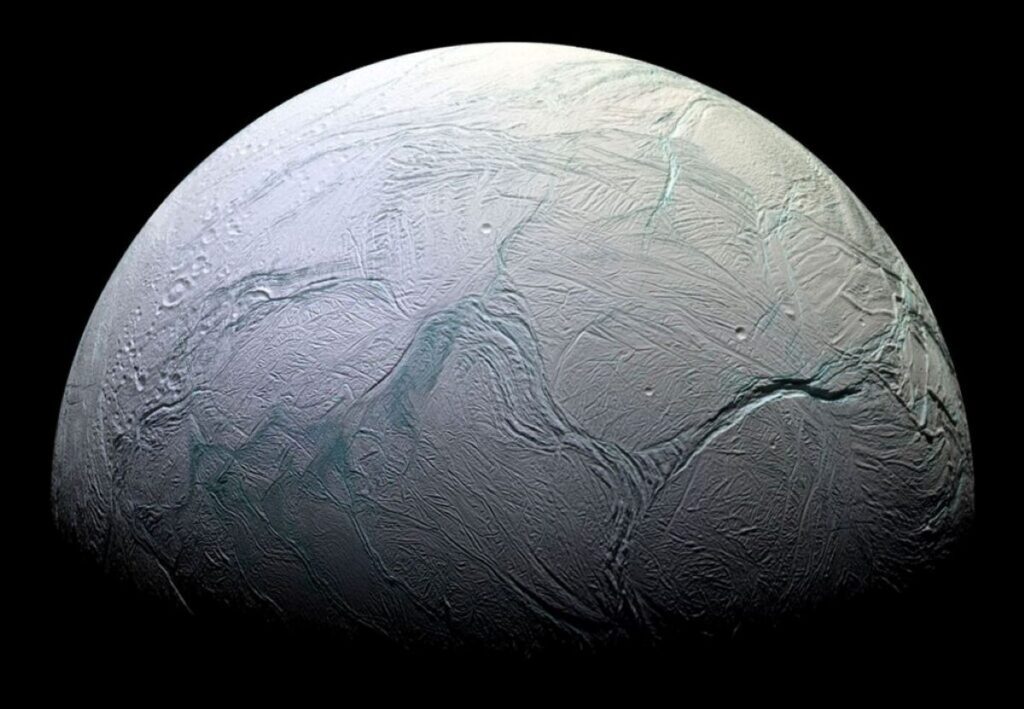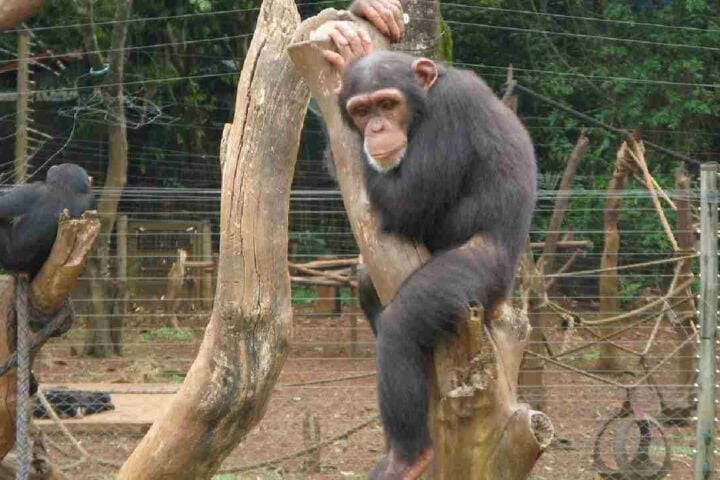Scientists at Monash University have created natural plastic films from food waste sugars that could eventually replace petroleum-based packaging materials. This breakthrough addresses the growing problem of plastic waste, with global plastic production now exceeding 400 million tonnes each year.
The research team, led by Edward Attenborough and Dr. Leonie van ‘t Hag from the Department of Chemical and Biological Engineering, fed sugars from food waste to two types of soil bacteria – Cupriavidus necator and Pseudomonas putida. These bacteria then produced natural polymers called polyhydroxyalkanoates (PHAs) inside their cells.
“This research demonstrates how food waste can be transformed into sustainable, compostable ultrathin films with tunable properties,” said Attenborough. “The versatility of PHAs means we can reimagine materials we rely on every day without the environmental cost of conventional plastics.”
The process involves carefully feeding the bacteria a balanced “diet” of sugars mixed with salts, nutrients, and trace elements. Once the bacteria store enough of the natural plastic inside their cells, researchers extract it using solvents. The extracted material is then cast into ultrathin films measuring about 20 microns thick – far thinner than a human hair.
What makes this approach particularly promising is the ability to customize the plastic properties. The Monash team discovered that C. necator produces stiffer plastic, while P. putida creates a softer, more flexible version. By blending polymers from both bacteria, they can adjust properties like crystallinity and melting point while maintaining strength and flexibility.
“By tailoring these natural plastics for different uses, we’re opening the door to sustainable alternatives in packaging, especially where they can be composted along with food or agricultural waste,” Attenborough explained.
Similar Posts
The potential applications extend beyond everyday packaging. The films could replace silage wrap used in agriculture and create temperature-sensitive packaging for medical products. The material can also be molded into various shapes or solid objects, further expanding its potential uses.
The research builds on previous work demonstrating these materials’ potential as sustainable drug delivery systems.
The team is now collaborating with industry partners including Enzide and Great Wrap through the ARC RECARB and VAP hubs to develop biodegradable packaging and medical solutions with commercial potential. These partnerships represent a crucial step toward bringing the technology from laboratory to marketplace.
While the research shows promise, several questions remain unanswered about widespread adoption. The source material doesn’t specify whether these films meet industrial or home composting standards, which would affect their practical end-of-life disposal. Information about oxygen and moisture barrier properties – critical factors for food packaging – is also missing from current reporting.
Additionally, production costs compared to conventional plastics and other bioplastics like PLA (polylactic acid) remain unclear. The durability of these films under typical storage conditions and their compatibility with existing waste management systems will need further investigation before widespread adoption becomes feasible.

Nevertheless, this research represents an important step toward more sustainable packaging solutions that could help reduce reliance on petroleum-based plastics while finding productive uses for food waste.
The full study is published in the journal Microbial Cell Factories and can be accessed online using DOI: 10.1186/s12934-025-02833-7.


















